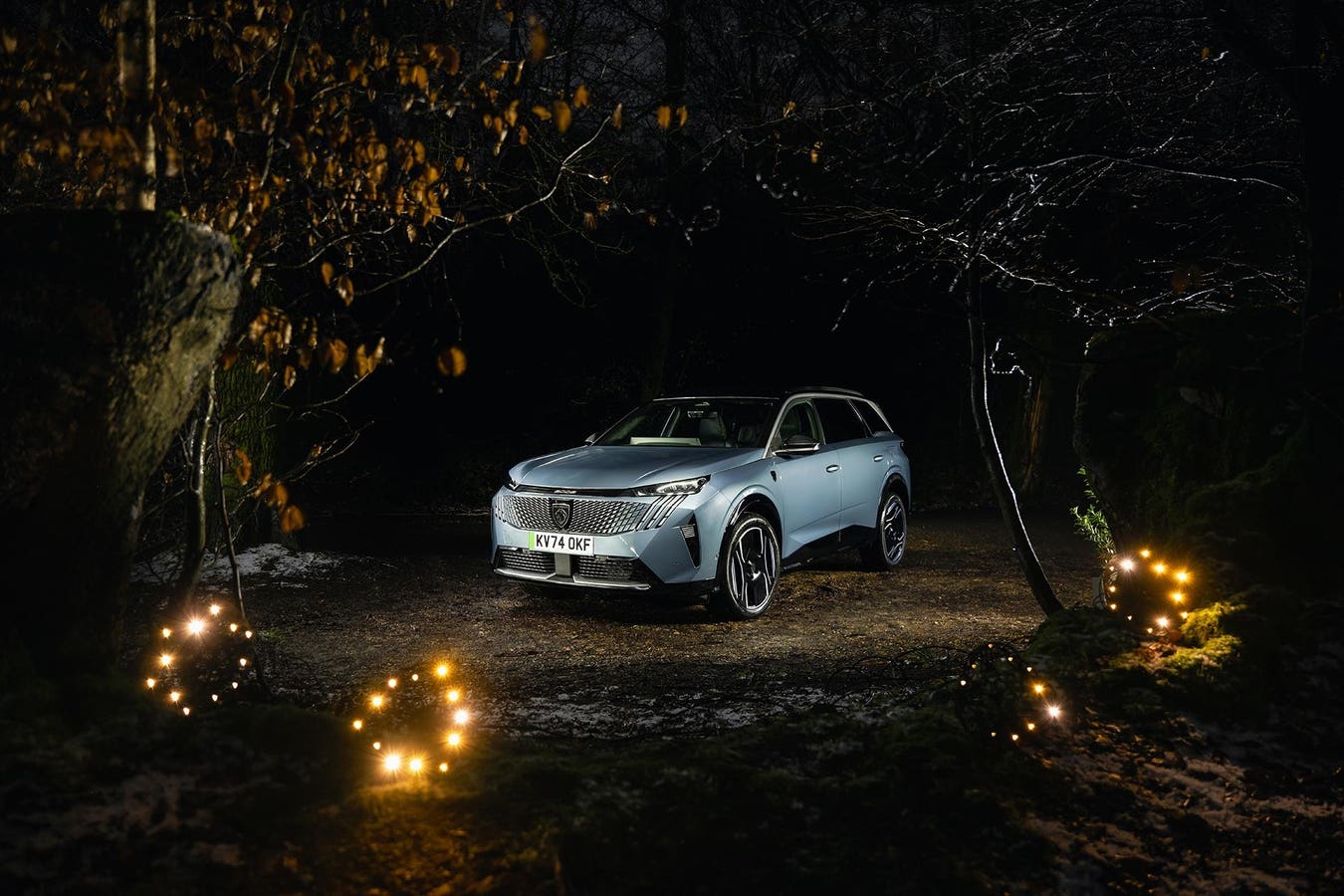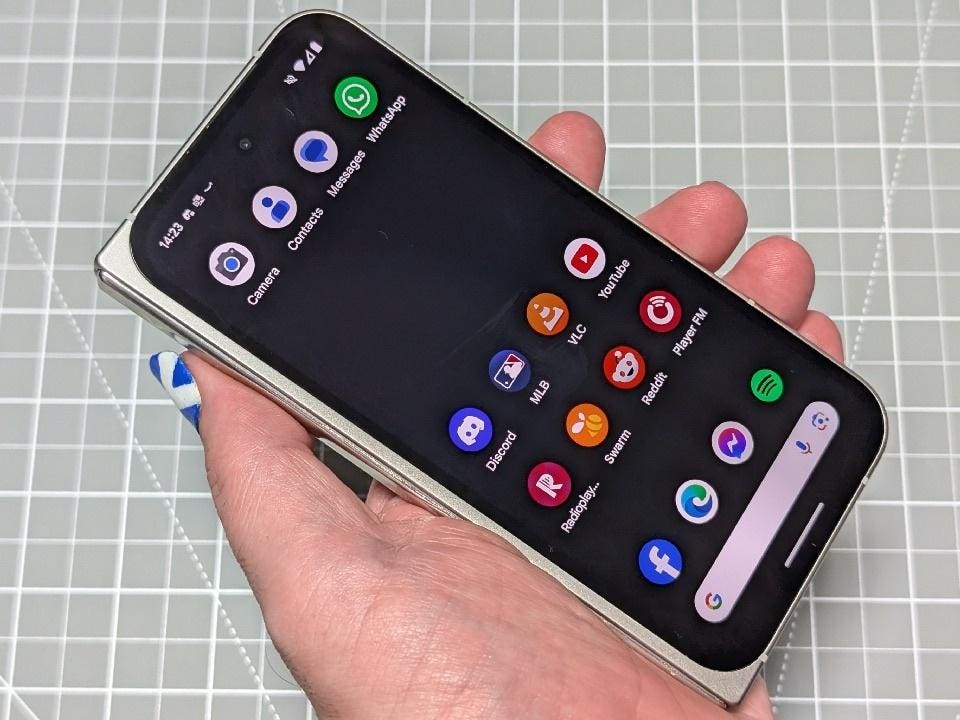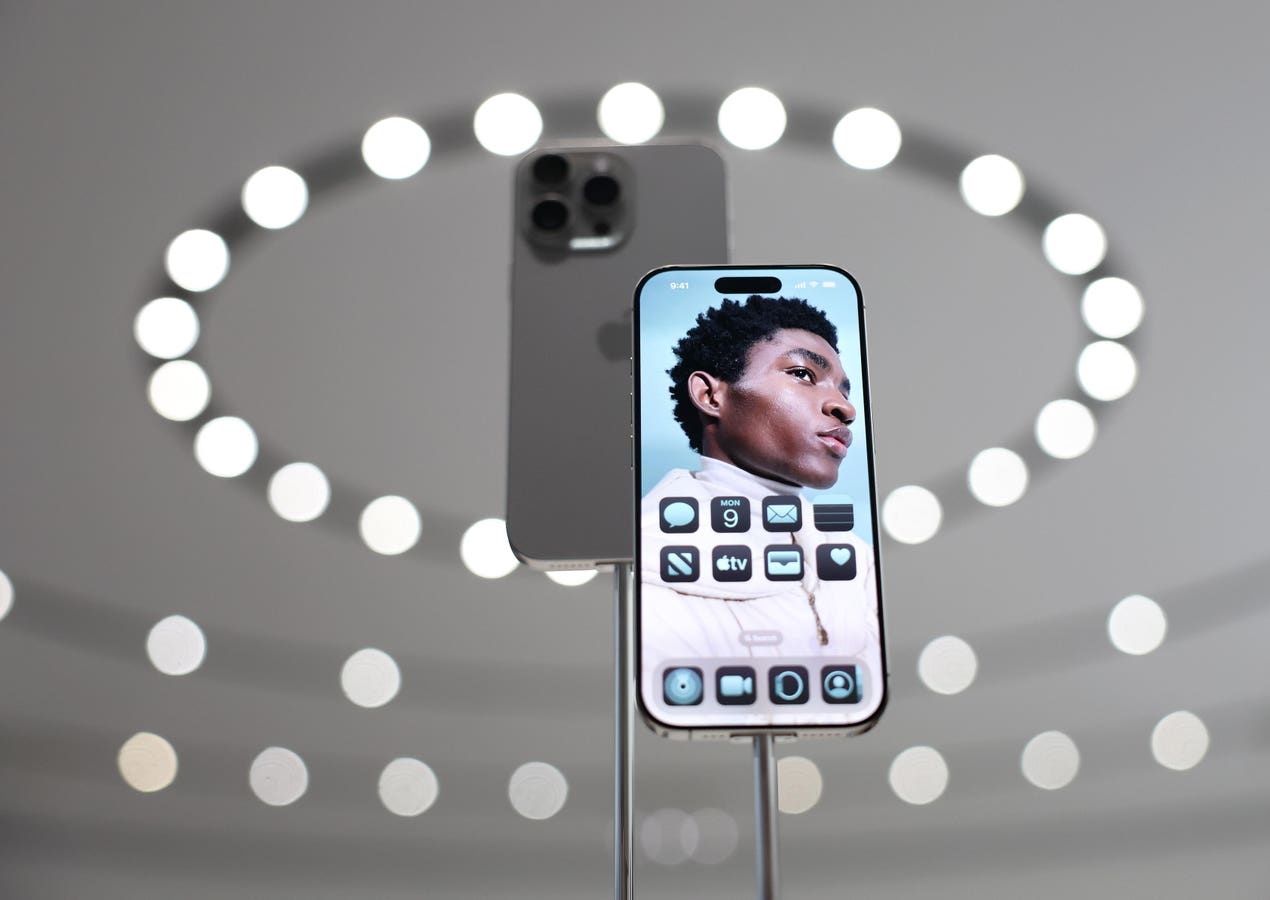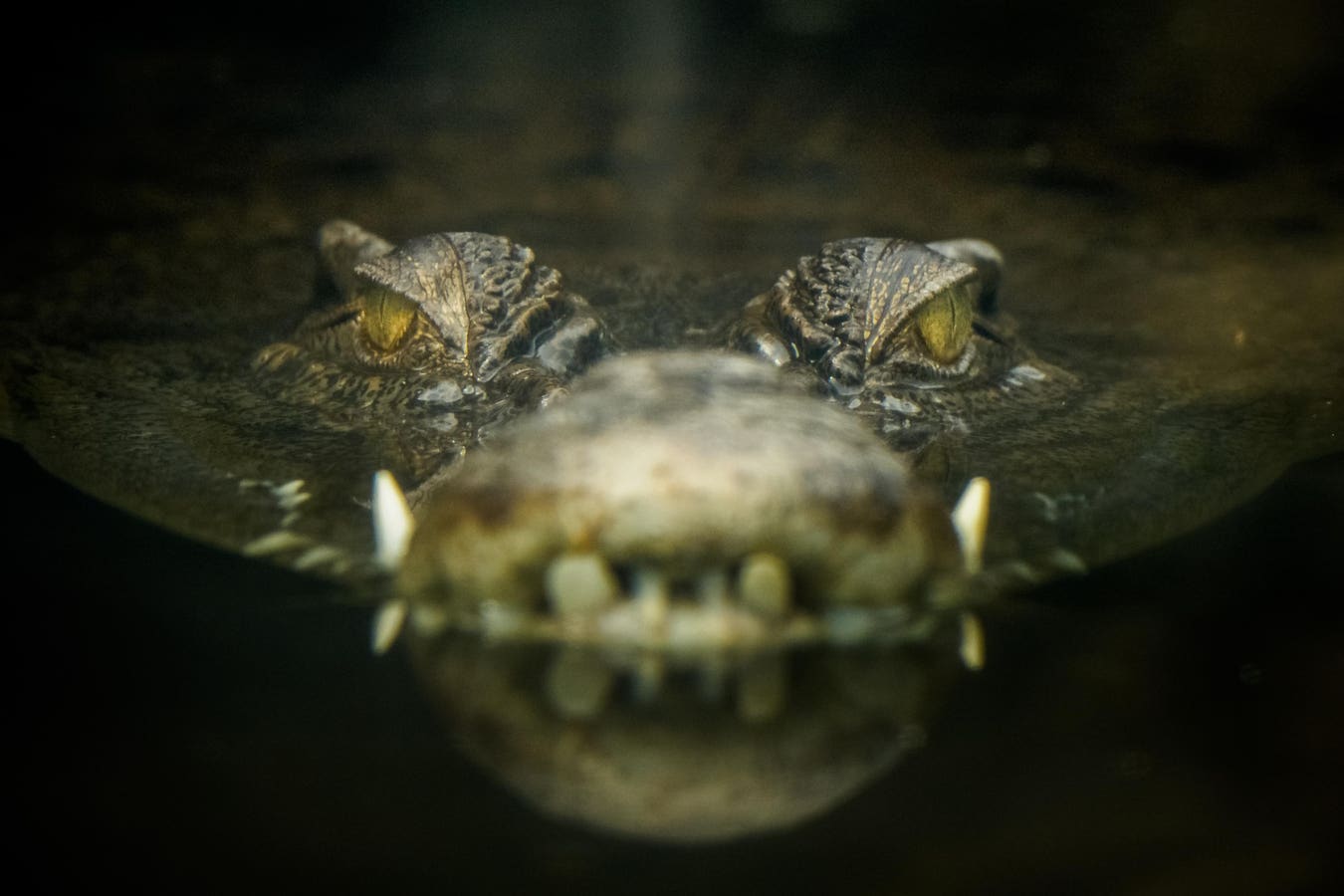Peugeot used Nova Innova’s plant-based power to light this night photoshoot.
One of the more unusual news announcements in the last week was that the first photoshoot has taken place powered by plants, and it was of a Peugeot electric vehicle. In collaboration with innovative Dutch product design studio Nova Innova, Peugeot used a technology called a microbial fuel cell to power the lights for a photography session. The results are destined for an art exhibition in the Saatchi Gallery, London. I talked to founder Ermi van Oers how this technology works, and whether one day it could be charging the EVs themselves, not just a photoshoot’s lights.
How Do You Get Power From Plants?
“I started Nova Innova seven years ago with the mission to combine nature, science and design,” says van Oers. “We can collaborate with the intelligence of nature and instead of the industrial metal metabolism we design now, create a natural metabolism fulfilling our daily needs. I came across microbial fuel cell technology. This has existed for some time, but it always remained in small experiments and laboratories. I wondered how we could integrate that into our daily lives, because these microbes are not just living in water, but also in our organic waste in the soil of our plants. They live everywhere there is organic matter. I imagined a future where all these sources are connected to our homes. You don’t check your fuse box anymore; you check how your plants are doing in your garden or if the lake is still healthy.”
Everyday earth has the bacteria required for a microbial fuel cell.
Microbial fuel cells harness a biproduct of a certain type of bacteria. “As they break down organic matter these microbes produce electrons as a waste product,” says van Oers. “When we eat food, we also produce energy, but we keep it ourselves to move and to have energy. But these electrogenic bacteria want to give their electrons away so they search for things to give them to. The microbial fuel cell provides that. It looks like a battery. It has an anode and a cathode. In between the anode and cathode is a membrane. The electrons go through the wires through our electronics, through our lights.”
However, the power output from this system isn’t huge. “It produces just a little bit of electricity,” says van Oers. Each cell produces 100-300mW only. “This needs to be matched to small power applications. We are harvesting milliwatts but if we develop the technology it can become more. You can compare it with a solar panel of 30 years ago which was very new, unknown and pricey. People asked why they should invest in solar because it’s only a little energy, and you see where it is now. A microbial fuel cell doesn’t work like a coal power station that can deliver the highest energy possible. It must always work in balance with nature. If not, the whole process stops. The first applications we make are with lights or other low power applications. What is impressive with this technology is that it is a CO2 negative energy source and very scalable because these microbes are everywhere around us. You can almost imagine that we will plant more forests or keep our lakes clean and healthy because it can become like a power plant.”
Powering The Peugeot Photoshoot With Plants
The Peugeot photoshoot used 30 microbial fuel cells to generate electricity, with ten powered by organic waste from 11 plants, ten using a combination of 188 litres of mud and 94 litres of water, and ten by 60 litres of mud and two litres of used coffee grounds. This wasn’t enough to power the lights directly. Instead, the power was used to charge batteries to run the lights. However, unlike solar or wind power, microbial fuel cells never stop generating electricity. “The microbes are producing energy 24/7 because they don’t sleep,” says van Oers. “You don’t have to add microbes or any nutrition. It’s just a microbial fuel cell you place into the environment. Soil is full of organic matter, from the dead leaves or the insects living there. The whole ecosystem feeds itself and that makes it very robust. You only need water.”
Nova Innova’s first plant-powered system was an indoor light.
Nova Innova’s first product powered by a microbial fuel cell was home illumination called the Living Light Lamp. “It’s an indoor light powered by one plant,” says van Oers. After the Living Light Lamp won awards, she wondered whether this could scale up outdoors in public spaces. “I thought, if it’s possible with one plant, how would our city parks look with many plants? I started designing how this technology could be integrated and scaled, and how it could be affordable with sustainable materials, locally made and spread in our cities while also keeping the magic of the technology.”
This led to a collaboration with the city of Rotterdam. “We made the first version in 2019, then recently, we made the second version, Living Light Park 2.0,” says van Oers. Located in the Reyeroord district of Rotterdam-Zuid, Living Light Park 2.0 consists of a path through two beds filled with LED-lit “flowers” that come alive in the dark and are triggered by pressure as people walk along the path. The microbial fuel cells sit in a nearby waterway, amongst aquatic grass, delivering the power.
Plant Power To The Home
But van Oers sees a more ubiquitous future for microbial fuel cells. “In the future, the plants in front of your window could be helping to power your home,” she says. They probably won’t be sufficient to charge your electric car but they could be part of the mix. “We need to change our mind that the energy transition is all about focusing on a couple of sources that have the highest kilowatt output. We must think about an ecosystem that works with many different sources, so it’s resilient.”
The Living Light Park 2.0 translates Nova Innova’s plant power technology to a public space.
“We can use energy from microbes, plants, water, but also maybe our body heat, our movement, as well as from the wind and the sun,” says van Oers. “There’s an abundance of energy around. Your garden can be partly powering your home, a forest can power the village next door, or greenhouses can produce energy to grow their own plants inside and maybe have some energy left to provide to the village.”
For Van Oers, the Peugeot photoshoot helps promote this vision of the future. “With this collaboration with Peugeot, we can share this technology with a wider audience,” she says. “It was a new development in this technology to charge bigger batteries for this project and share that this is possible. We forget about bacteria because we can’t see them, but they’re capable of this, making the invisible, visible.”
The next step along the way will be floating microbial fuel cells used to monitor water quality. “The Pond Project is all about giving water a voice,” says van Oers. “We harvest energy from the microbes of the water, using the same technology as the Living Light Lamp but especially designed for water. We use this energy output to measure the water quality with different types of sensors every hour. We can send the data wirelessly to the water boards so they can react to climate disruptions. We also visualize that by floating lights that change color depending on the well-being of the water.”
It might be a while before plants charge your EV entirely, but they could be part of your home … More
“A bonus effect of the microbial fuel cell technology is it reduces methane output, which is a 40% stronger greenhouse gas than CO2,” adds van Oers. “But the primary role is to power sensors for assessing the water quality and visualizing it. We measure the pH, temperature, and oxygen. If we can add on machine learning, maybe we can predict blue algae is coming for example. We will put five new installations within the Netherlands of this system in the upcoming year and then develop these new technologies around it.”
“Next to that, we are also working to get this technology to more consumers and homes, so we’re making indoor lights, which you can feed by organic matter,” says van Oers. “With in-lite, an outdoor lighting company, we’re designing lamps for gardens. Maybe you can use the waste of your kitchen to feed your light.” While it might be a while before there is enough energy output from this technology to charge your EV overnight, there’s potential to contribute to our more modest domestic energy needs. “I hope that after these first steps, the next generation will ask us why it wasn’t normal in the past to harvest energy from plants.”







